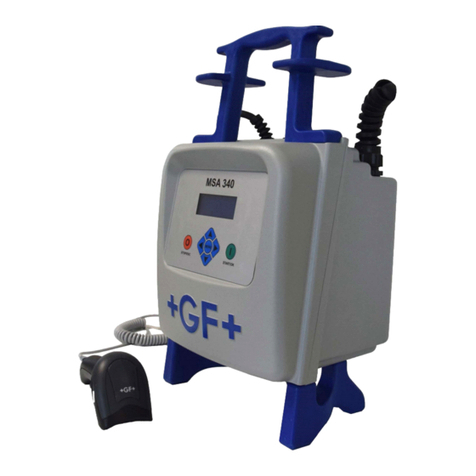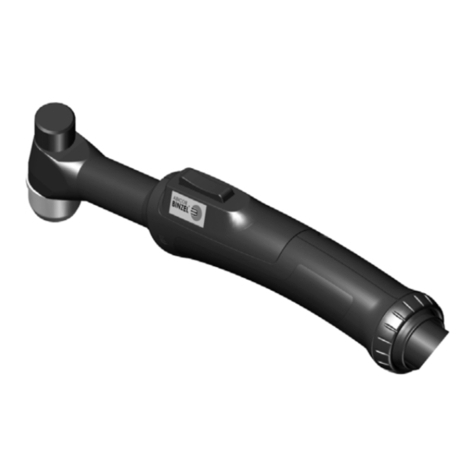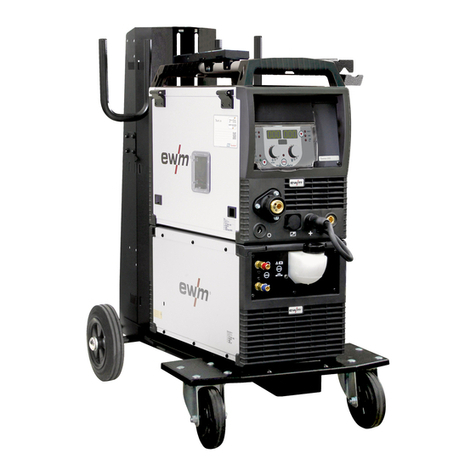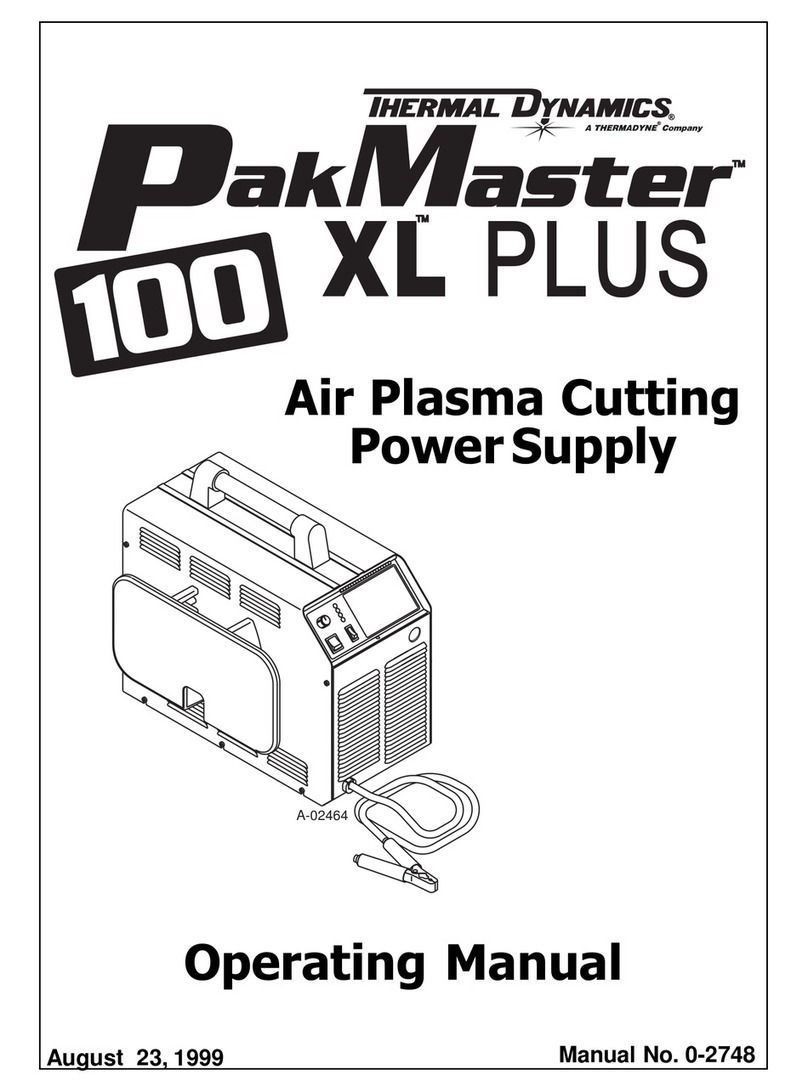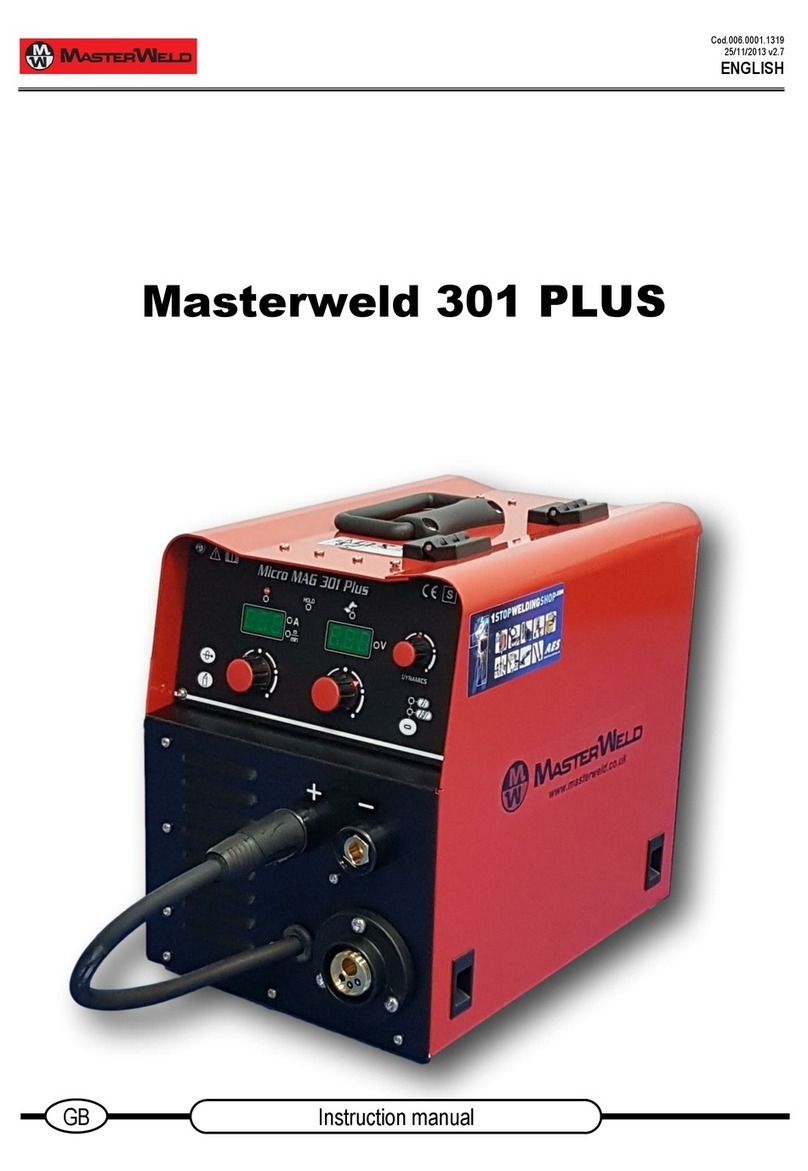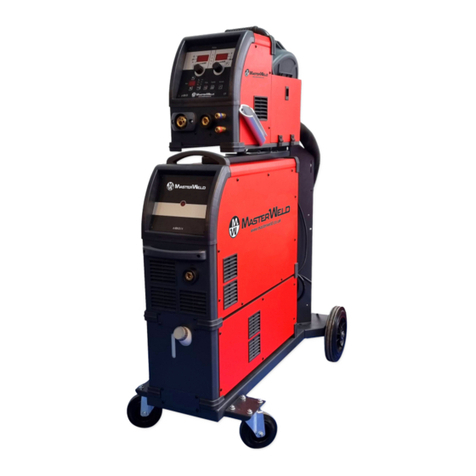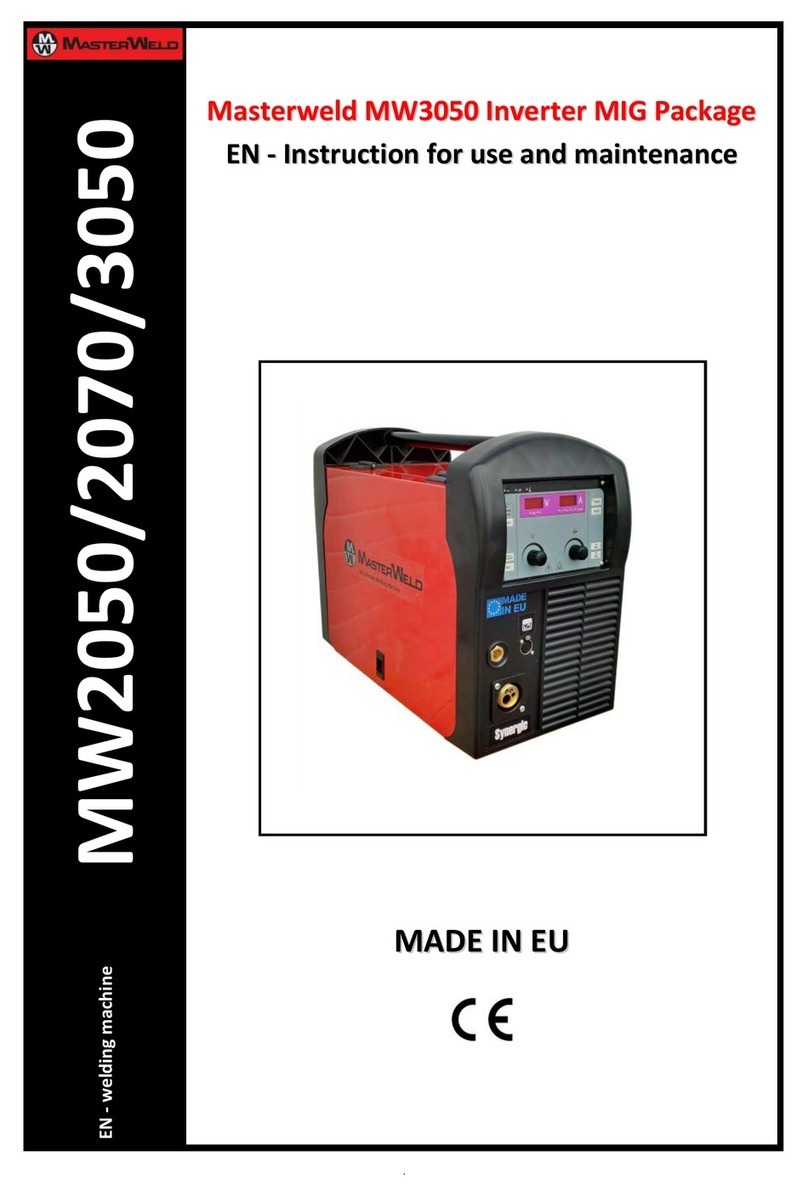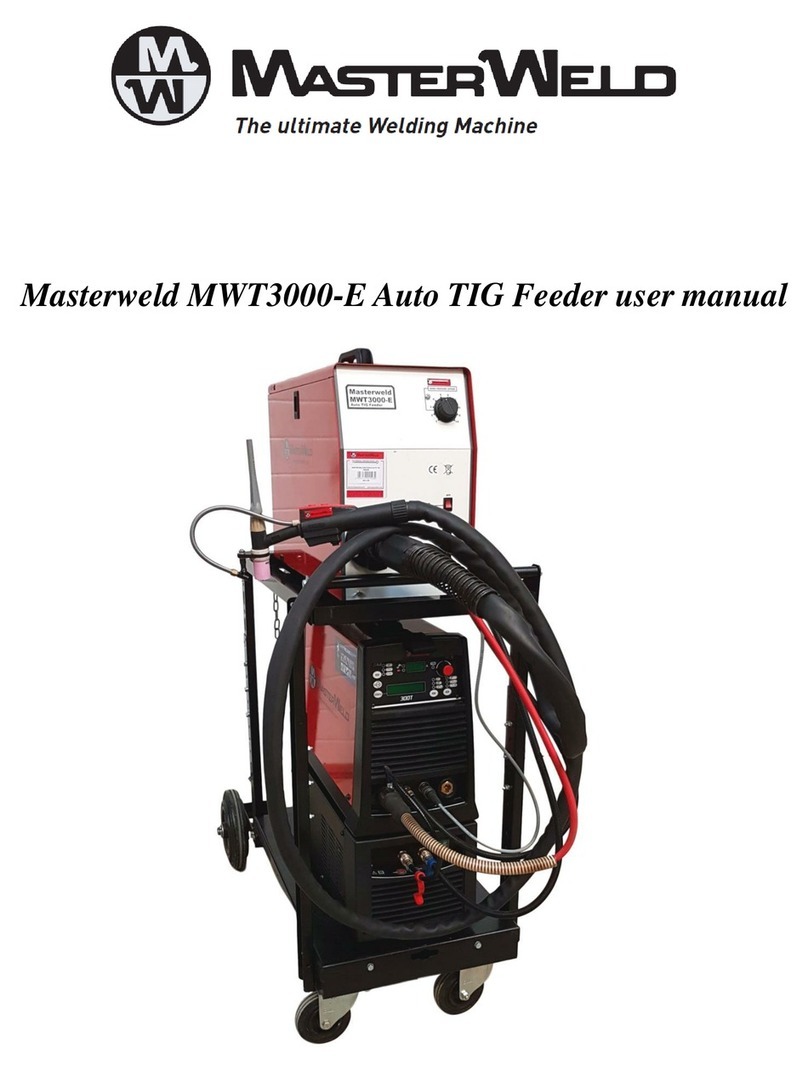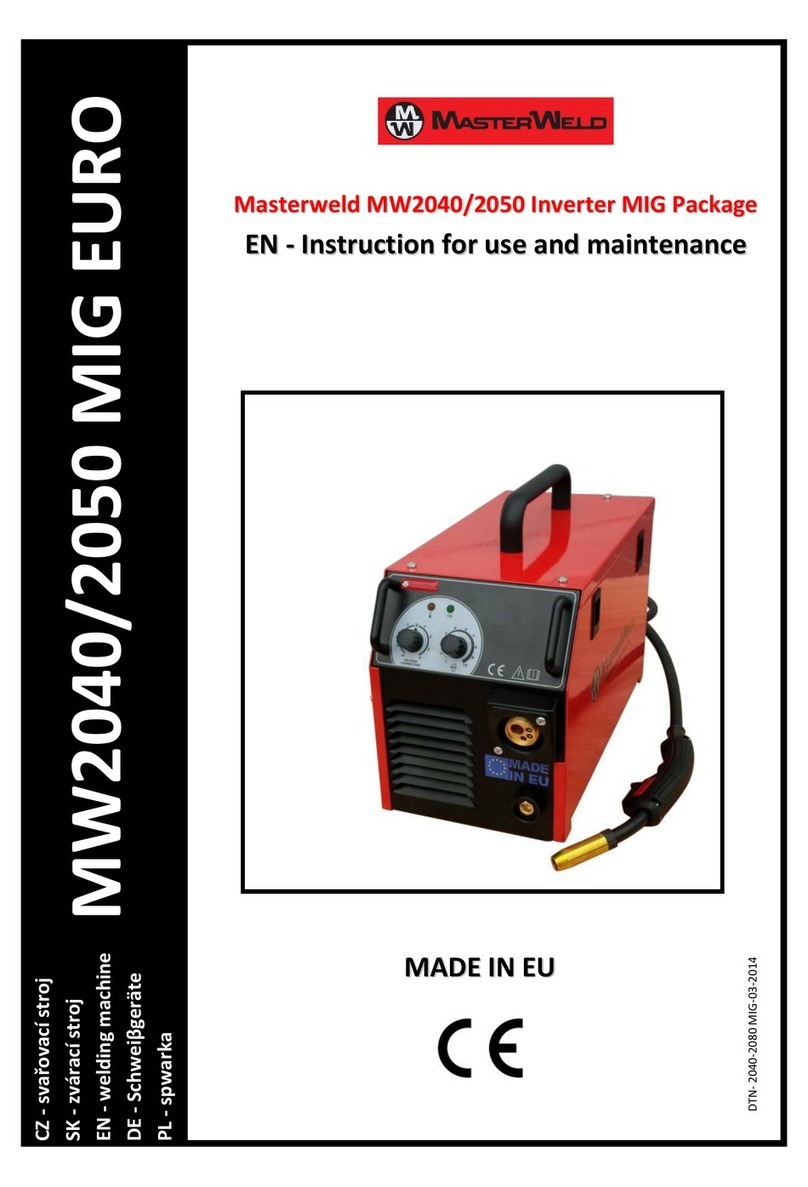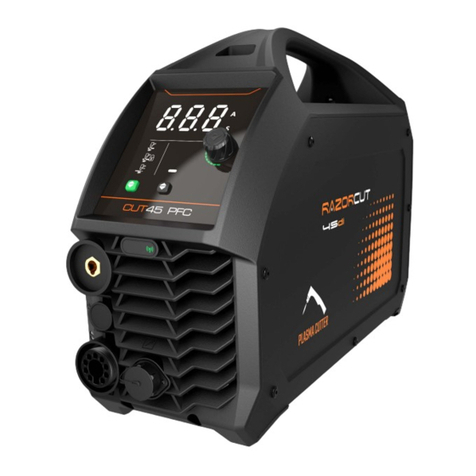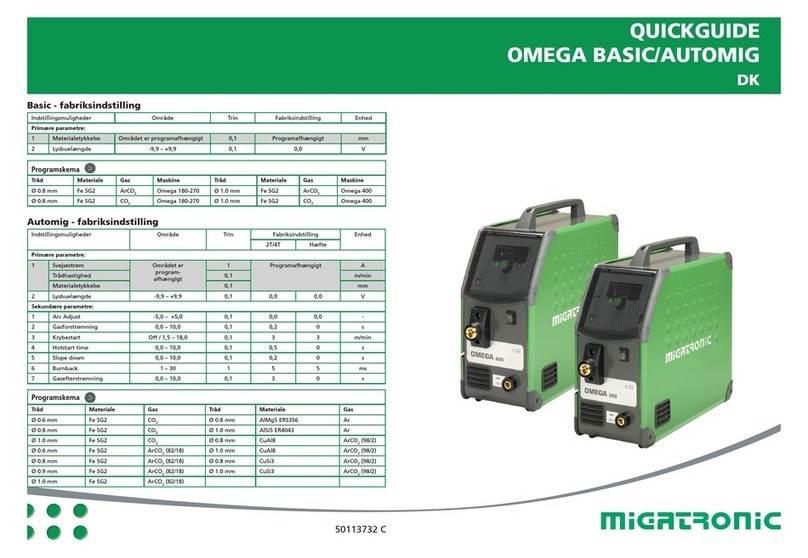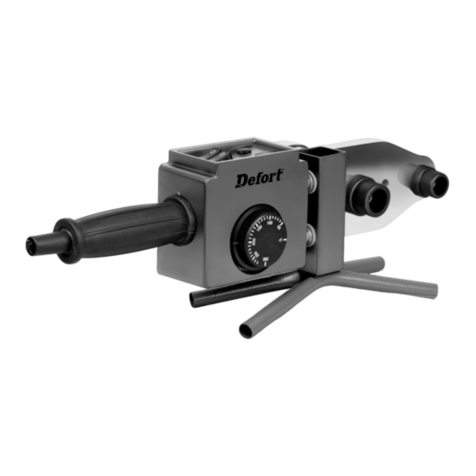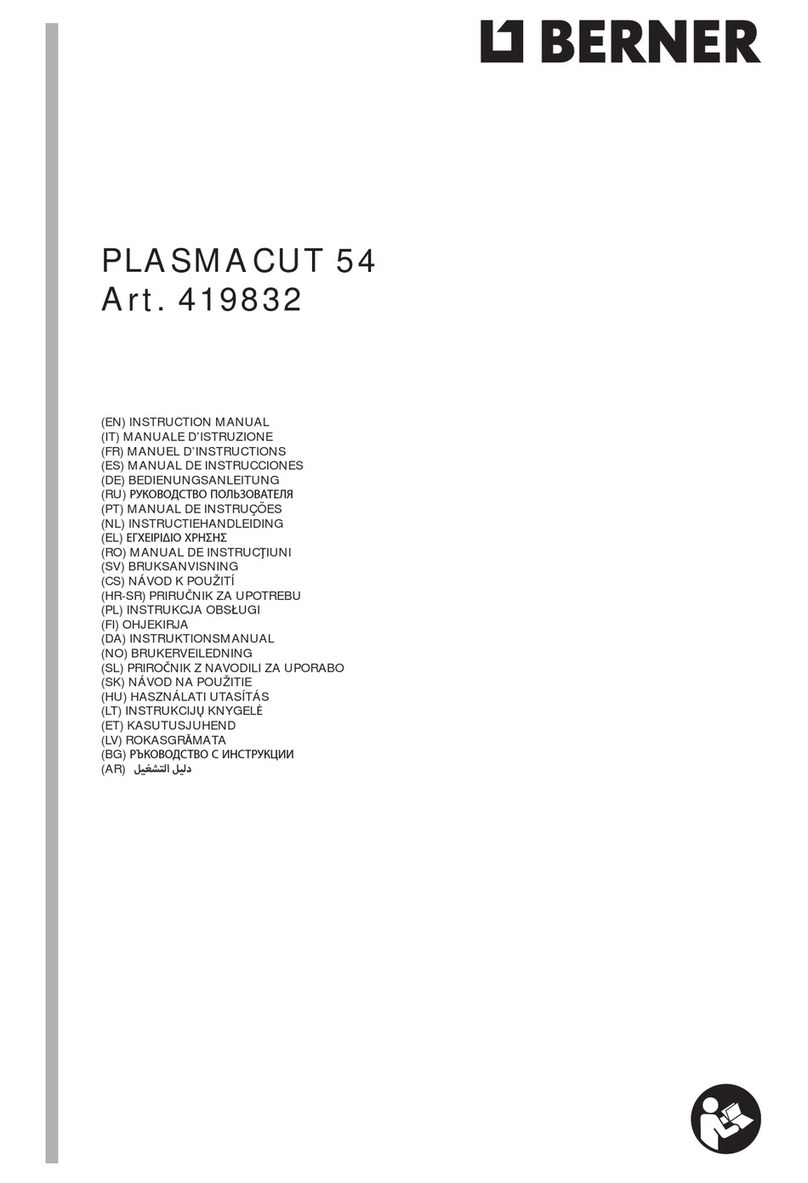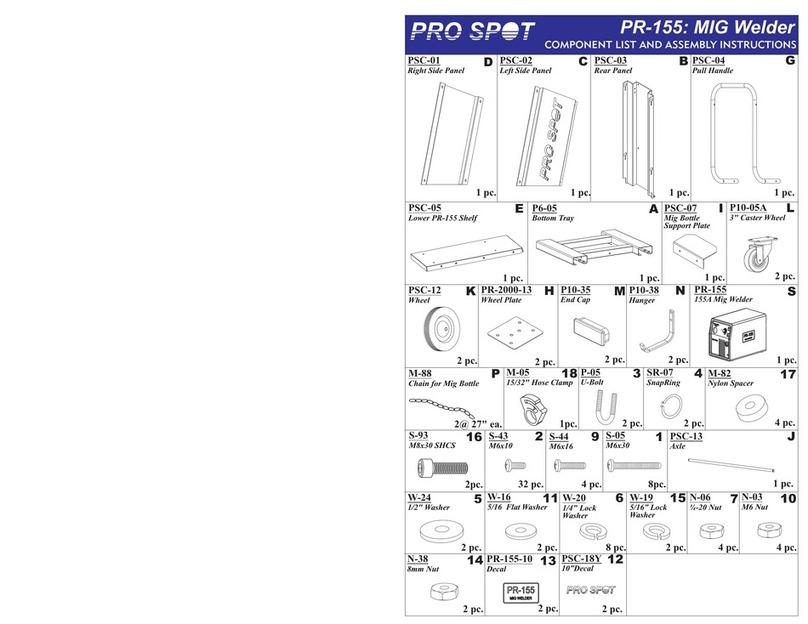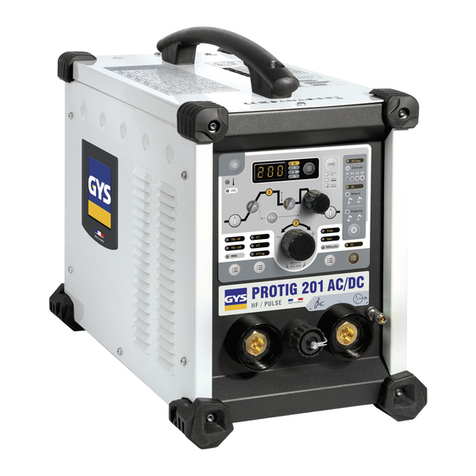0
1INTRODUCTION .....................................................................4
2FRONT PANEL .......................................................................4
3REAR PANEL .........................................................................5
4INSTALLATION ......................................................................5
4.1 UNIT ASSEMBLY....................................................................5
4.2 CONNECTIONS TO THE ELECTRICAL MAINS NETWORK.6
4.3 WIRE SPOOL POSITIONING .................................................6
4.4 POSITIONING THE WIRE IN THE WIRE FEEDER................6
4.5 CONNECTIONS TO SOCKETS..............................................7
5USER INTERFACE .................................................................9
6UNIT POWER-UP..................................................................11
7RESET (LOAD FACTORY SETTINGS)................................11
7.1 PARTIAL RESET...................................................................11
7.2 TOTAL RESET ......................................................................11
8SET-UP (INITIAL SET-UP OF THE WELDING POWER
SOURCE) ..............................................................................12
COOLER ACTIVATION ....................................................................12
REMOTE CONTROLLER SELECTION ...........................................12
ADJUSTMENTS BLOCK SELECTION.............................................12
PUSH PULL ......................................................................................12
SELECTION OF BURN TYPE..........................................................12
8.1 LOCKING PROCEDURE.......................................................13
Enabling ............................................................................................13
Disabling ...........................................................................................13
8.2 TORCH LOADING.................................................................14
9ALARMS MANAGEMENT ....................................................14
AL. HEA. ...........................................................................................14
AL. COO. ..........................................................................................14
Err. C0...............................................................................................14
Err. C1...............................................................................................14
Err. C2...............................................................................................14
Err. C4...............................................................................................14
Err. C11.............................................................................................14
Err. C12.............................................................................................14
10 PARAMETERS ACTIVATION...............................................15
Working voltage ................................................................................15
Welding inductance...........................................................................15
Wire feed rate ...................................................................................15
Welding current.................................................................................15
Thickness..........................................................................................15
Programs ..........................................................................................15
Hot Start............................................................................................15
Crater Filler .......................................................................................15
3 Levels Slope ..................................................................................15
Soft Start ...........................................................................................15
Motor Slope.......................................................................................15
Bourn Back .......................................................................................15
Post gas time ....................................................................................15
Pre gas time......................................................................................15
10.1 WELDING PARAMETERS ....................................................16
11 WELDING SETTINGS...........................................................17
11.1 MIG/MAG WELDING.............................................................17
11.1.1 SETTING MIG/MAG PARAMETERS (MAIN WELDING
PARAMETERS) ................................................................................17
11.1.2 MIG/MAG PARAMETERS SETTING (2ND LEVEL).........................18
11.1.3 MIG/MAG PARAMETERS SETTING (GAS MENU).........................18
12 JOBS MANAGEMENT..........................................................19
12.1 SAVING A JOB......................................................................19
12.2 LOADING A USER JOB OF FACTORY SET JOB ................19
12.3 DELETING A JOB .................................................................19
13 TORCH TRIGGER MODES ..................................................20
13.1 2T MIG/MAG WELDING........................................................20
13.2 4T MIG/MAG WELDING........................................................20
13.3 3 LEVEL MIG/MAG WELDING..............................................20
14 TECHNICAL DATA...............................................................21
15 SPARE PARTS .....................................................................22
15.1 321 HDP ................................................................................22
15.2 WIRE FEEDER MOTOR .......................................................24
15.3 WIRE FEEDER ROLLS......................................................... 25
16 ELECTRICAL DIAGRAM ..................................................... 26
16.1 321 HDP................................................................................26
16.2 REMOTE CONTROLLER .....................................................27
16.2.1 RC03: ELECTRICAL DIAGRAM ...................................................... 27
16.2.2 RC04: ELECTRICAL DIAGRAM ...................................................... 27
16.2.3 RC05: ELECTRICAL DIAGRAM ...................................................... 28
16.2.4 RC06: ELECTRICAL DIAGRAM ...................................................... 28
16.3 PUSH-PULL (OPTIONAL).....................................................28

